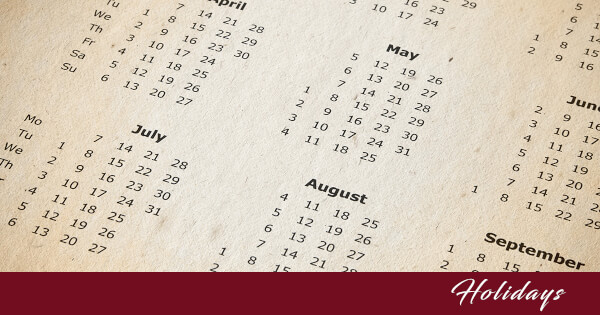Did you know 10-12% of Americans think their ancestors arrived in 1620 on the Mayflower?
Count me in that group . . . sort of. I grew up hearing about how my family arrived on the “first ship.” As a child, I thought that meant the Mayflower. It wasn’t until I was a young adult, I learned the family came over a few years before the Mayflower and settled in Virginia, south of what would one day be the Plymouth Colony in Massachusetts.
Traditional lore claims the Pilgrims named Plymouth after the English town from which they began their journey, but that’s not true.
The Trip
Did you know the Pilgrims’ voyage didn’t begin in Plymouth but in South London, just east of the Tower Bridge? And did you know the plan was for the Mayflower to sail to the new world with a sister ship?
After leaving South London, the Mayflower sailed to Southampton to pick up more passengers and that second ship, the Speedwell. The two ships set off for America (attempt #1) but soon turned back because the Speedwell began to leak. After repairs in Dartmouth, they set off again (attempt #2). This time, they traveled about 300 miles when the Speedwell’s leak returned. Back to England they sailed, this time to Plymouth.
I guess they decided the odds of the Speedwell making it across the Atlantic weren’t good, because they shoehorned her cargo and many of her passengers into the already packed Mayflower, and once again, the ship set sail. This time when the Mayflower left Plymouth for the new world (attempt #3), she made it. As the saying goes, third time’s the charm.
Why Plymouth?
Though it’s true Plymouth was their last port prior to successfully leaving England, the Pilgrims didn’t name the place they landed Plymouth. They didn’t name it at all. Turns out Captain John Smith—remember, he helped establish Jamestown—had already named the area New Plymouth. (It’s on maps four years prior to their arrival.) So the Pilgrims didn’t name their land Plymouth. They simply chose to keep the name Plymouth.
Have a Happy and Safe Thanksgiving!

